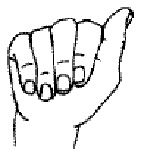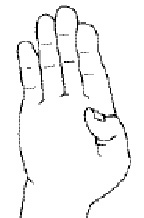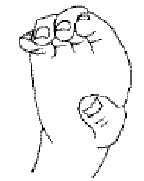 |
 |
 |
The ABC’s of sign language
The NHS/UNMC Employee Diversity Network, in honor of Deaf Awareness Month, will sponsor a special workshop titled, “The ABC’s of Sign Language,” Friday, April 25, from noon to 1 p.m. in Wittson Hall, Room 3037.
H. Christine Lafinhan, a nationally certified sign language interpreter, and Gary Beck, education administrator in the UNMC department of pediatrics and part-time interpreter, will teach participants a number of fundamental signs and phrases.
American Sign Language
American Sign Language (ASL) is the primary source of communication for people who are Deaf or Hard-of-Hearing in the United States. Approximately 250,000 to 500,000 people in the U.S. and Canada use sign language. In fact, ASL is so prominent that at least 35 states have recognized ASL as a modern language for public schools and hundreds of colleges and universities offer ASL as an option to fulfill foreign language requirements.
ASL history
Sign language has been in use in America since colonial time, most notably on Martha’s Vineyard Island, Mass., where many deaf people once lived. In 1817, Laurent Clerc, the first deaf teacher in America, came to Hartford, Conn., from Paris, France at the bequest of Thomas Gallaudet to set up the first school for the deaf. Using French Sign Language in his teachings, Clerc led the way to standardizing earlier forms of ASL.
Today, because of mandates from civil rights legislation over the past 30 years, Deaf and Hard-of-Hearing people are no longer limited by the inability to hear. Sign language interpreters now are present at most public forums. Interpreters function as facilitators of communication, both manual and verbal, as well as help build cultural understanding. With formal training that includes a Code of Ethics, and passing certification exams, professional sign language interpreters are now an essential component of the interactions between the Deaf and hearing worlds.
Workshop information
The “ABCs of Sign Language” workshop is open to the campus on a first-come, first-served, meeting room space availability basis. Attendees do not need to know sign language — the only requirement is that they come with a list of top 10 phrases they would like to know how to sign.